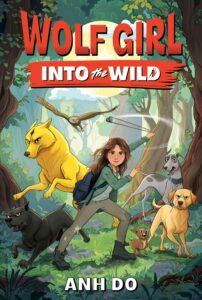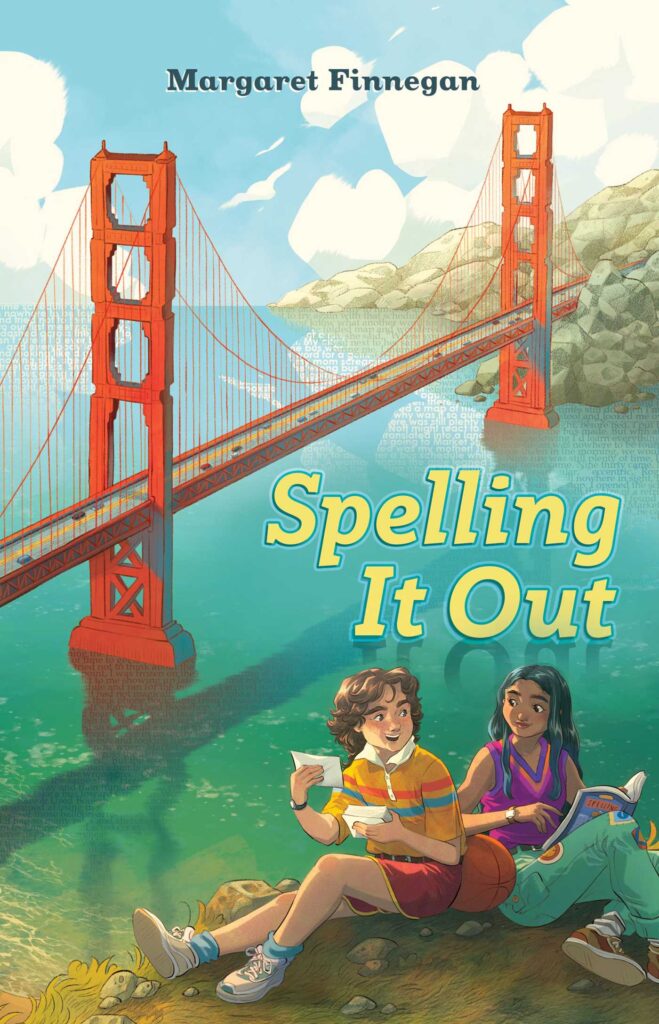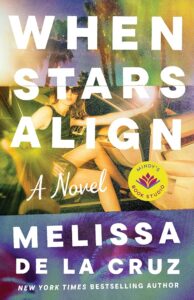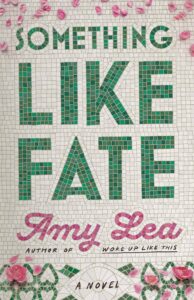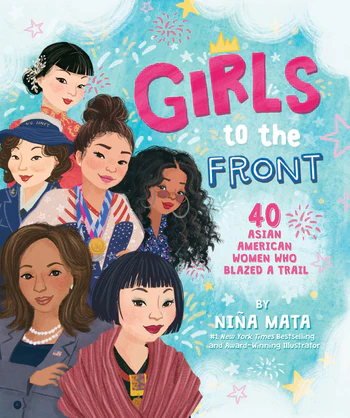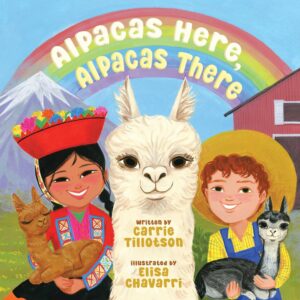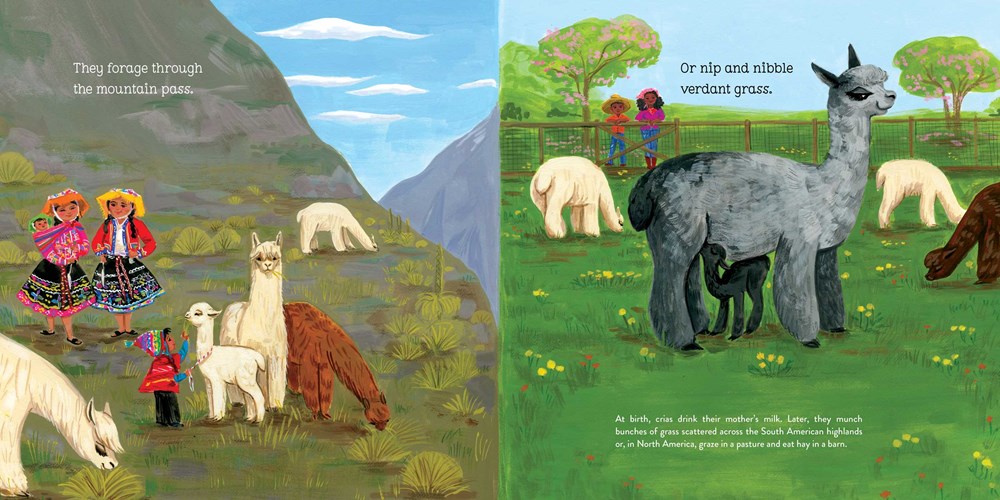Intro to guest post: My two daughters found very different approaches to a love of reading when they were young. One loved fiction, mostly fantasy and historical, particularly if it made her laugh. The other gravitated to nonfiction. Stories about real animals and nature and how things work were interesting to her, and they also sometimes made her laugh. Today’s guest post from Ann McCallum Staats, author of several nonfiction titles for children, talks about how to turn what could be dry and uninteresting subjects into something fun for kids to read. And making reading fun, in my opinion, is what will keep kids reading throughout their lives.
You can find out more information about Staats and her work at her website: annmccallumbooks.com.
The Enticing Spice of Kidlit Nonfiction
A dusty textbook. A list of yawn-inducing facts. A long and involved monologue with choke-in-your-throat, overly academic jargon. To most people, that kind of reading does NOT sound like fun. It’s certainly not something to look forward to during family reading time. At least, that is true in my household … which is why I take a different approach when writing nonfiction for young people.
First, though, is why I think nonfiction is a gateway from the reluctant reader to one who can’t wait to open that next delicious book. And also how kids can be just as enthused about reading about rocks or plants or a person from history as they might be about more flashy topics. As a former teacher, I was often given a curriculum that could have been boring IF I didn’t come at it in a fresh and fun way. My job then with teaching and now with books was and is to make any topic unputdownable. I firmly believe that most kids are highly curious. How many adults have seen a child engrossed in an ant’s progress or have been asked why question after why question? When given time to ponder and explore, humans are innately inquisitive. Let’s face it, we’re fascinated with the why of things.
That brings us to the allure of nonfiction, books that, if done right, are deeply satisfying. But what is it about these books that will pull a child away from endless screen time? It helps, of course, to have an enticing title and a cover that’s inviting. Here are some examples: Almost Underwear: How a Piece of Cloth Traveled from Kitty Hawk to the Moon and Mars by Jonathan Roth; Butt or Face? by Kari Lavelle; or Mummies Unwrapped by Victoria England and Tom Froese (illustrator). Intriguing, right?
My latest book is called Fantastic Flora: The World’s Biggest, Baddest, and Smelliest Plants. When I set out to write about plants, it started as a challenge to myself. How could I make that lowly blade of grass, that collection of leafy weeds, or that other greenery we walk past every day more than ho-hum? When I hit upon the organization and used ‘est’ adjectives, I had a hook into my audience. Then, after doing a little research, I became more than hooked myself. I mean, seeds that explode? Leaves that look like stones? Berries so fatal that eating just a few can stop your heart? Wow. I had the material, and now I had to share it in an engaging way that was more than just naming the facts.
Key to this was a great set-up. I wanted kids to be so smitten that they would keep reading. One strategy included comparison. In one chapter I pit a ginkgo tree against a T-rex. Who do you think wins? Hint: what can you see today, ginkgo trees or T-rexes? I also made use of opposites. “Crackle. Hiss. Flames sizzle … Will the fire spell disaster for these trees that are older than the invention of paper? No, just the opposite …” This chapter shares how a moderate fire is actually a good thing for the mighty giant sequoia. Or, what about telling a story, as I did in the case of the Venus flytrap. “Closer. Closer. A plump spider is minding its own business as it climbs over a Venus flytrap plant. But it’s dinnertime, and if this plant had a stomach, it would be growling …” If you were to keep reading, you’d find that things do not turn out well for the spider!
The bottom line to all of this is that, while I didn’t start out that way, I’ve become a huge fan of nonfiction. If done right, it can evoke emotion, capture one’s imagination, and keep one reading until the wee hours. Try it—nonfiction may very well be your next favorite thing.

